Japanese bento boxes are more than just lunch containers—they are admired worldwide for reflecting Japan’s unique culture and sense of aesthetics.
However, many people might wonder, “What types of bento boxes are there, and how can I get one?”
In this article, we’ll dive into the various types and charms of Japanese bento boxes, their role in the daily lives of Japanese people, and how you can purchase them both domestically and internationally.
By reading this, you’ll gain a deeper understanding of the cultural significance and practicality of Japanese bento boxes and learn how to choose one that best suits your needs.
Incorporating a bento box into your daily routine can offer inspiration to make your meals more enjoyable and fulfilling.
Japanese Bento Box:What is a Japanese Bento Box?
Japanese bento boxes are more than just about design and functionality; they are a reflection of Japanese culture and values. In this section, we will explore the history and role of bento boxes in daily life.
Cultural Background of Bento Boxes
Japanese bento boxes hold a significance far beyond being simple food containers. Their history dates back to the Heian period, evolving during the Sengoku period when soldiers used them to carry nigirimeshi (rice balls).
By the Edo period, “Makunouchi Bento” emerged as meals for sightseeing and outings, spreading the culture of enjoying food away from home. In this way, bento boxes have developed in close connection with Japanese lifestyle and traditions.


The choice of materials is another important aspect. Bento boxes range from traditional wooden magewappa to modern plastic and stainless steel products.
These materials reflect the Japanese sense of environmental awareness and aesthetic values, making them fresh and fascinating points of interest for people abroad.

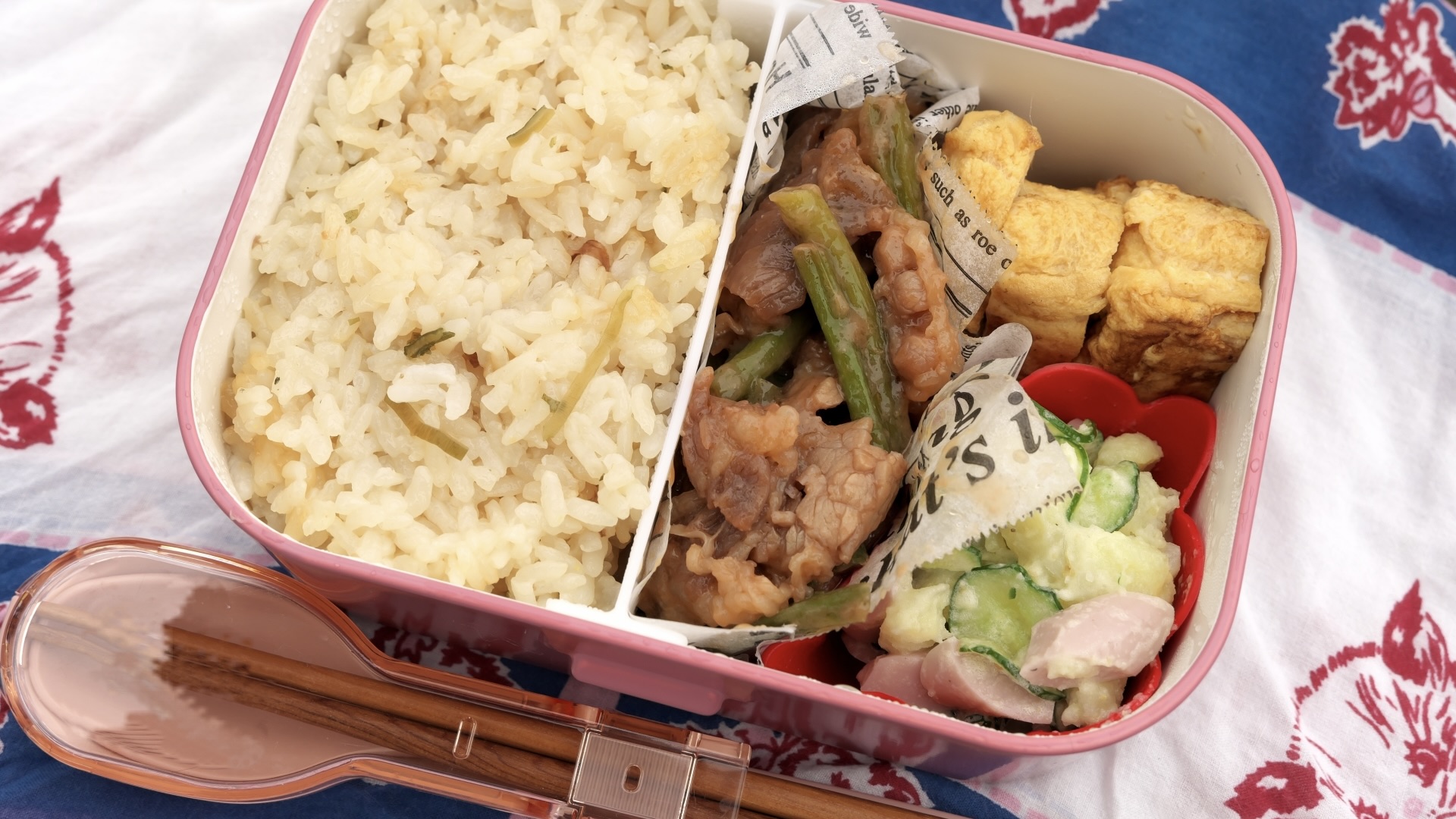
The Role of Bento Boxes for Japanese People
For Japanese people, bento boxes are tools that make mealtime special.
Bento meals emphasize not only nutritional balance and visual appeal but also incorporate thoughtful details that enrich the experience of enjoying a meal.。


Especially handmade bento boxes hold a special place in Japanese culture, serving as a symbol of love and care from family members or partners. For many Japanese people, these carefully prepared meals carry deep emotional significance.
Additionally, their practicality cannot be overlooked. During lunch breaks at work or school, bento boxes offer a convenient and cost-effective meal option.
Many are designed to keep side dishes tasty even when cold, and rice from sticking together, making them a reliable companion in the busy routines of daily life.
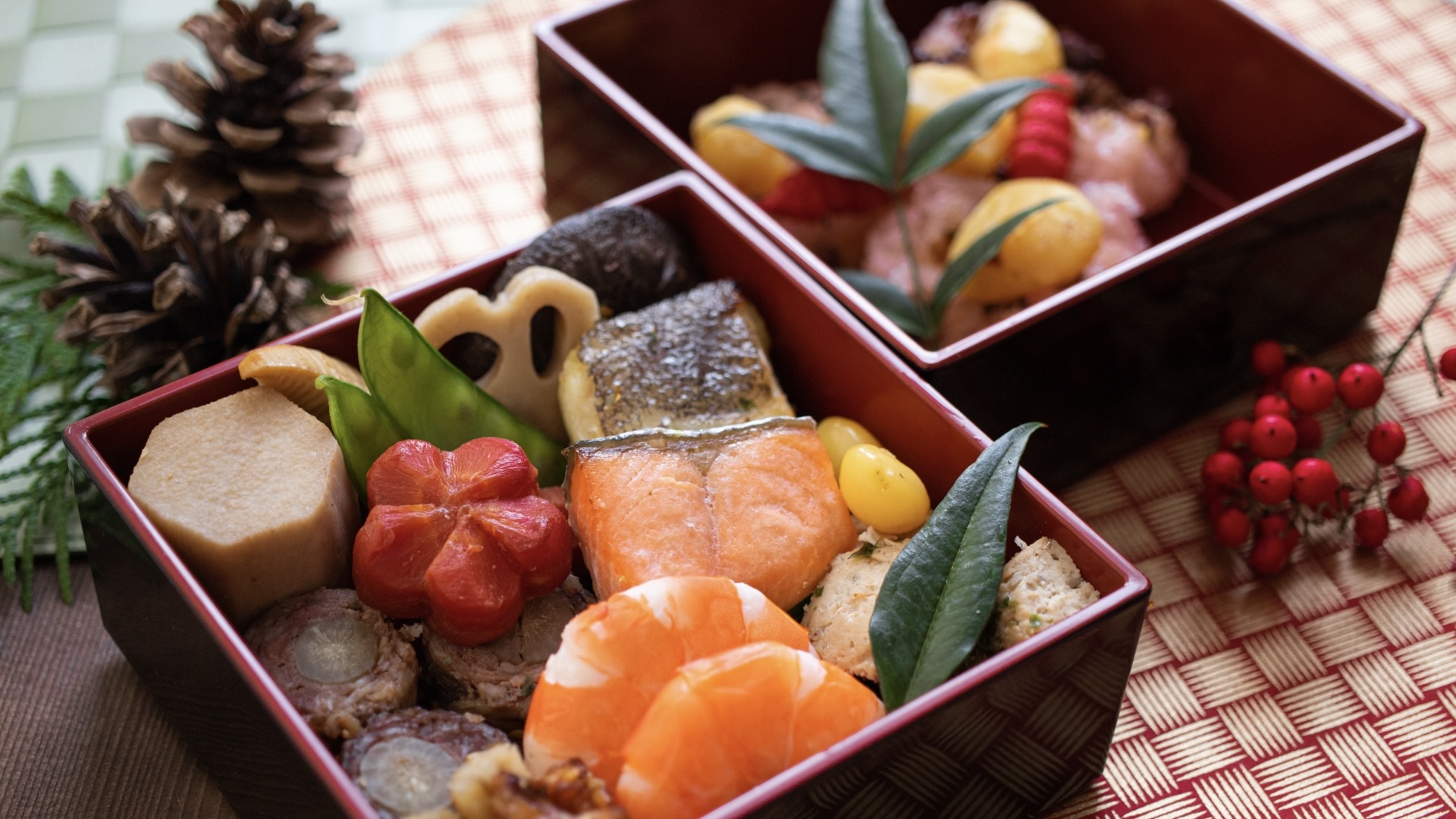

In this way, bento boxes are deeply rooted in the daily lives of Japanese people and represent a cultural element that is easy for people from other countries to appreciate and understand.
Japanese Bento Box:Types and Appeal
Japanese bento boxes captivate the world with their variety and functionality. In this section, we will explore the different styles of bento boxes and their unique appeal, showcasing how they seamlessly combine practicality with cultural significance.
Practical and Everyday Styles
Standard bento boxes are designed with practicality and functionality in mind, making them perfect for everyday use. The most common materials are plastic and stainless steel, which are lightweight, easy to carry, and widely accessible.
One of their key features is their high level of sealing capability, which prevents leaks and ensures that sauces or dressings stay securely inside. These qualities make them a reliable choice for school lunches, office meals, or quick outings, combining convenience with ease of use.。
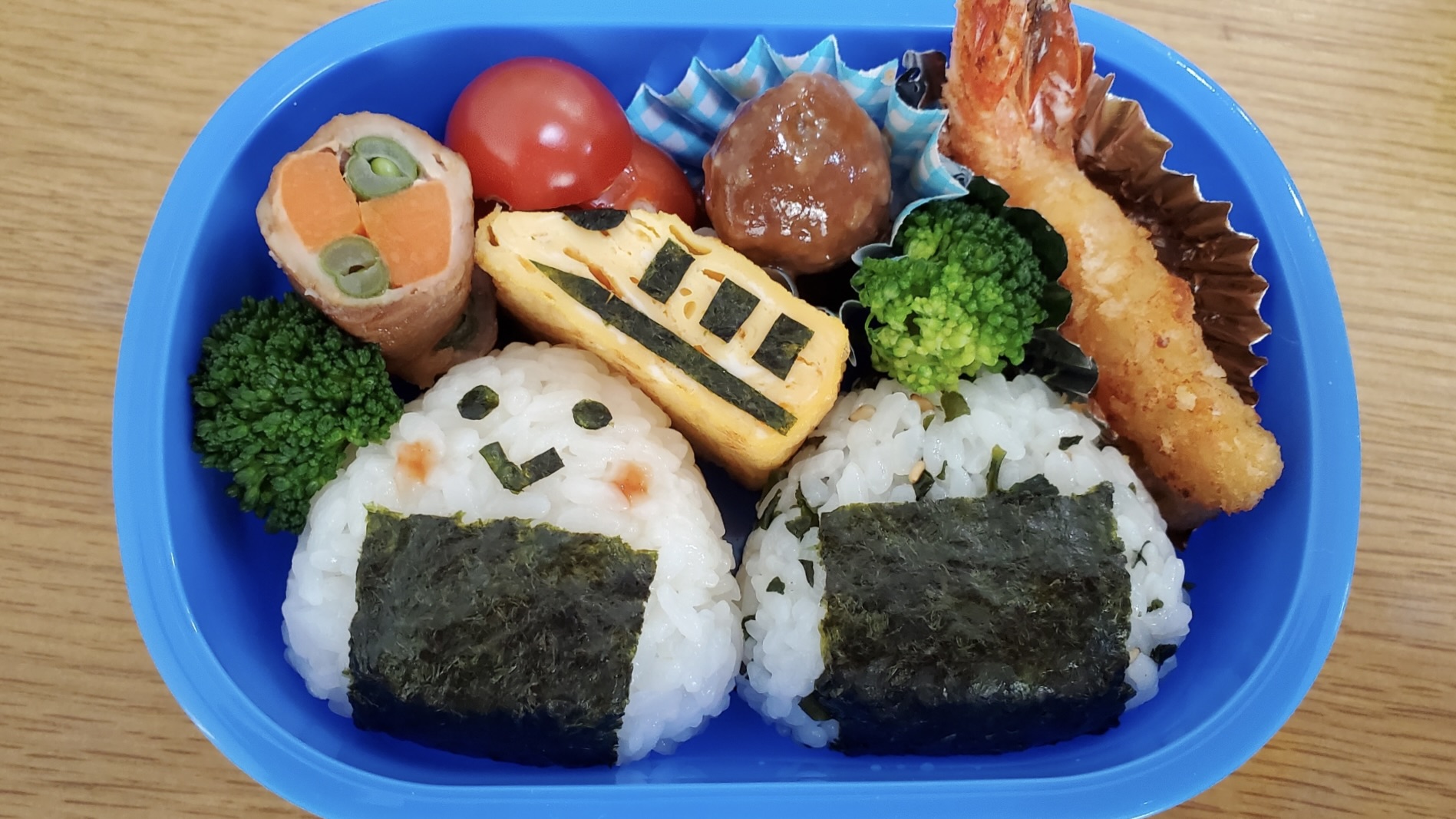

This type of bento box is often used for school or workplace lunches, offering a wide range of options, from cute character designs for children to simple, minimalist styles for adults.
Additionally, many bento boxes are equipped with modern features, such as microwave and dishwasher compatibility, making them highly convenient for today’s busy lifestyles.
Functional and Practical Styles
Bento boxes that prioritize functionality are particularly useful for outdoor activities or situations involving long commutes. This category includes insulated options that maintain food temperature—either hot or cold—and models with multiple compartments to keep different foods separate and fresh.
For example, thermal bento boxes produced by renowned brands like Thermos and Zojirushi are highly popular. They are especially praised for keeping meals warm during winter, allowing you to enjoy a comforting, hot lunch even in cold weather.


Additionally, options like soup jars and two-tiered bento boxes offer a variety of meal choices for lunchtime.
These bento boxes are designed to be compact enough to fit into a commuter’s bag and are made from lightweight materials. Combining both functionality and practicality, they have become a popular choice for people leading busy, on-the-go lifestyles.
Japanese Traditional Craft Style
Traditional craft-style bento boxes are admired for their visual beauty and the warmth of handcrafted designs. Among these, wooden magewappa (bentwood) bento boxes stand out as exceptional pieces that embody Japanese traditional culture and are highly regarded both domestically and internationally.
Magewappa bento boxes excel in breathability, which helps regulate moisture and keeps rice delicious, even after it cools. This unique feature ensures that the texture and flavor of the food are preserved, making it a favorite for those who appreciate quality.
Additionally, lacquered and bamboo bento boxes offer a touch of luxury and elegance, often gifted for special occasions. These boxes are praised not only for their sophisticated appearance but also for their craftsmanship, which reflects Japan’s rich cultural heritage.


These bento boxes are primarily handmade, which makes them slightly more expensive. However, their durability and eco-friendly nature justify the investment.
Over time, as they are used, they develop a unique character and charm, which only adds to their appeal. For many, these bento boxes are considered a lifelong treasure, cherished for their timeless beauty and practicality.
Japanese Bento Box:Popular Japanese Bento Meals
Japanese bento showcases a blend of tradition and modern culture. This section explores popular bento types, from homemade classics to convenient store-bought options.
Traditional Homemade Bento Style
Traditional homemade bento showcases the warmth of Japanese home-cooked meals. It typically features steamed white rice at the center, accompanied by classic side dishes such as umeboshi (pickled plum) or okaka (seasoned bonito flakes).
Common additions include tamagoyaki (rolled omelette), sausages, grilled fish, and simmered vegetables. These simple yet flavorful components reflect the care and thoughtfulness put into everyday Japanese lunches.


These bentos are carefully crafted with a focus on nutritional balance, often incorporating seasonal ingredients. In spring, bamboo shoots and wild vegetables are popular additions, while autumn brings sweet potatoes and chestnuts into the mix.
This style is the most beloved and commonly imagined when Japanese people think of “homemade bento.”
Modern Style of Homemade Bento
Modern homemade bentos have evolved to fit busy lifestyles. They are often packed in microwave-safe containers, with frozen foods and pre-cooked side dishes used to save time during preparation.
Additionally, health-conscious options like salads and pasta-focused meals are growing in popularity, alongside trendy Western-style bento contents that reflect current food trends.

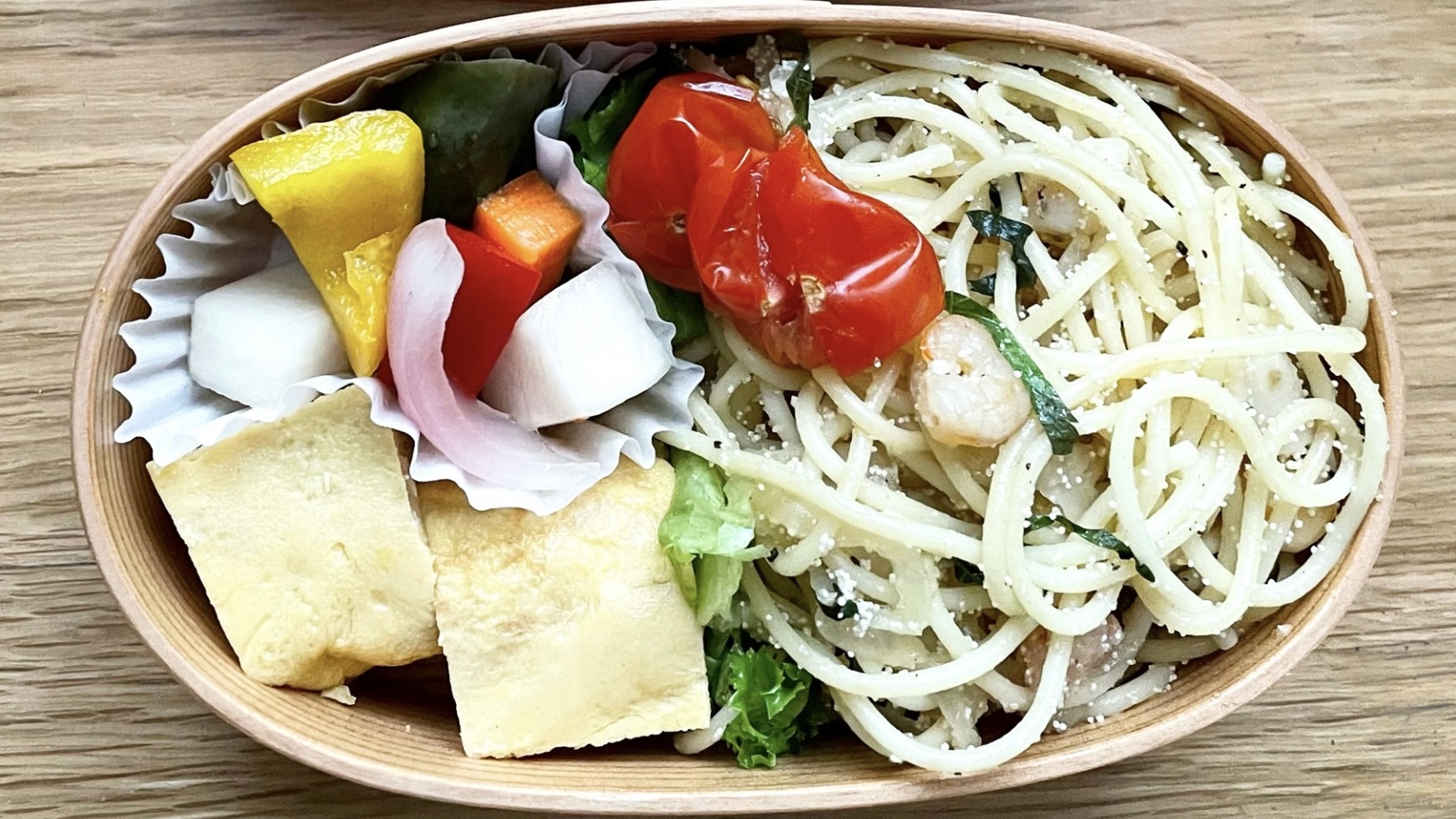
With the rise of social media, visual appeal has become increasingly important, leading more people to use colorful ingredients and focus on creating aesthetically pleasing bentos.
Artistic Homemade Bentos (Character Bentos)
Character bentos, or kyaraben, are artistic lunchboxes created to delight children. These bentos often feature beloved anime or manga characters, animals, or flowers, crafted into adorable and visually appealing shapes.
For example, faces can be carefully drawn using seaweed (nori) and cheese, while vegetables are skillfully cut into flower shapes. These small but thoughtful details showcase the creativity and effort that go into making a charming and memorable meal.


Although character bentos require considerable effort to make, they are often created for adults as well, especially for the purpose of taking eye-catching photos to share on social media.
These bentos can truly be considered a culmination of creativity, artistry, and skill, showcasing the maker’s dedication and attention to detail.
Store-Bought Bento Boxes
Store-bought bento boxes are popular for their convenience and wide variety. Ekiben (train station bento boxes) and convenience store bentos are the most representative types, serving as strong allies for busy businesspeople and travelers.
Ekiben are notable for showcasing local specialties, making them a delightful part of any travel experience.
On the other hand, convenience store bentos offer not only traditional Japanese meals but also Western-style options like pasta or hamburger steak, catering to a wide range of tastes and budgets.

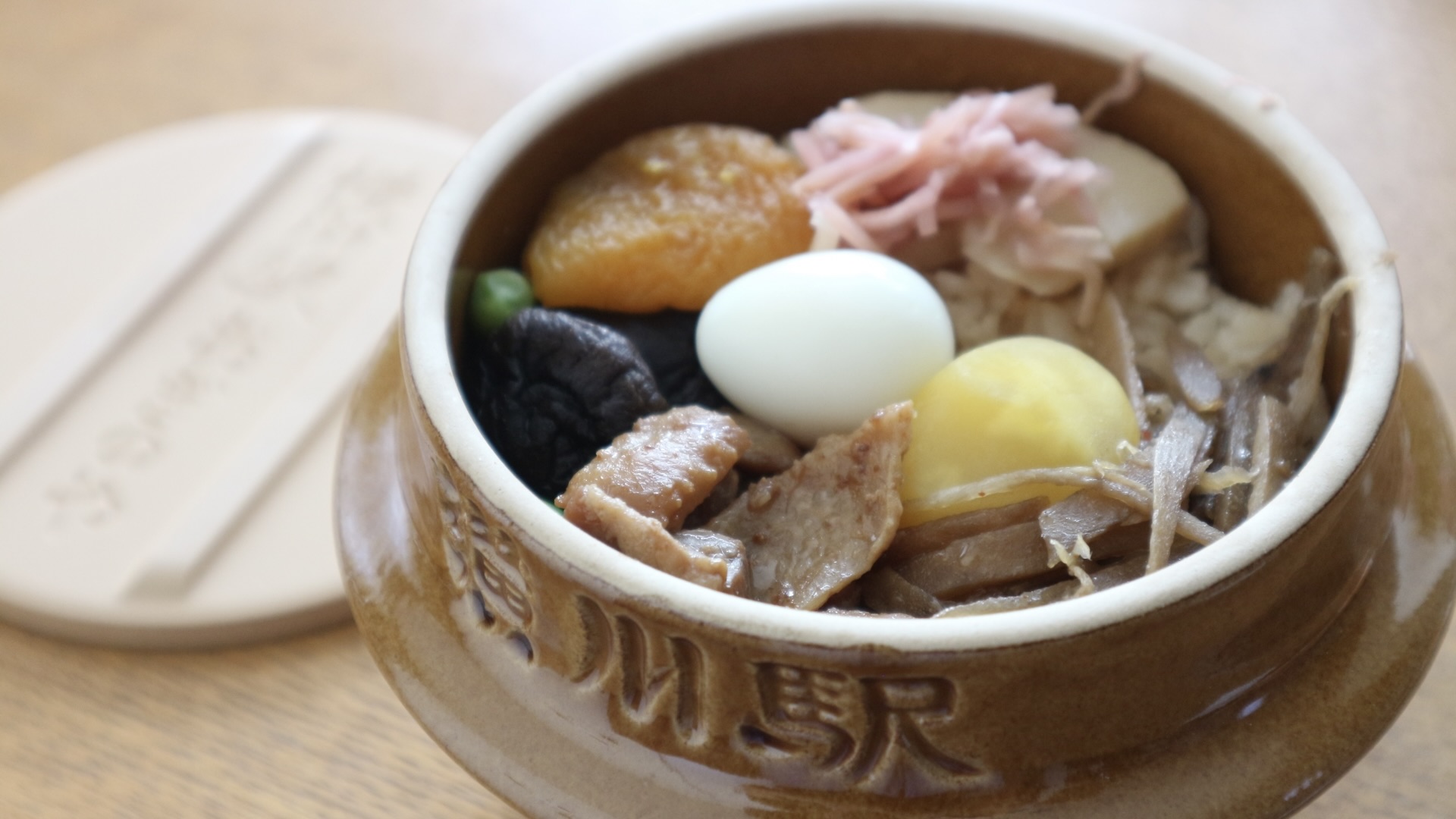
Furthermore, supermarkets offer home-cooked style bento boxes, which appeal to those seeking the warmth and comfort of a handmade meal.
Japanese Bento Box:A Glimpse into Japanese Daily Life
For Japanese people, a bento box is more than just a lunch container; it plays an essential role in daily life. This section explores the everyday aspects reflected through bento boxes.
Benefits of Carrying a Bento Box
Carrying a bento box offers peace of mind in a busy day. Packed with your favorite ingredients, it’s an easy and economical lunch option cherished by many Japanese people.
It’s cost-effective
By preparing your own bento, you can significantly cut down on dining-out costs. Compared to eating at restaurants, the cost of ingredients is much lower, and leftovers can be efficiently used, reducing food waste.
Additionally, homemade bentos make it easier to monitor the cost per meal, allowing you to manage your monthly food budget more effectively. This leads to a more organized and economical lifestyle.

Leftovers from dinner are

used for the next day’s bento.
Eliminate the Stress of Choosing Lunch
Bringing your own bento eliminates the need to spend time deciding on lunch every day, allowing you to make the most of your limited lunch break efficiently.
Additionally, since you prepare the contents yourself, you’re more likely to be satisfied with the menu, reducing stress. Another advantage is the ability to enjoy your meal in a relaxing location of your choice.
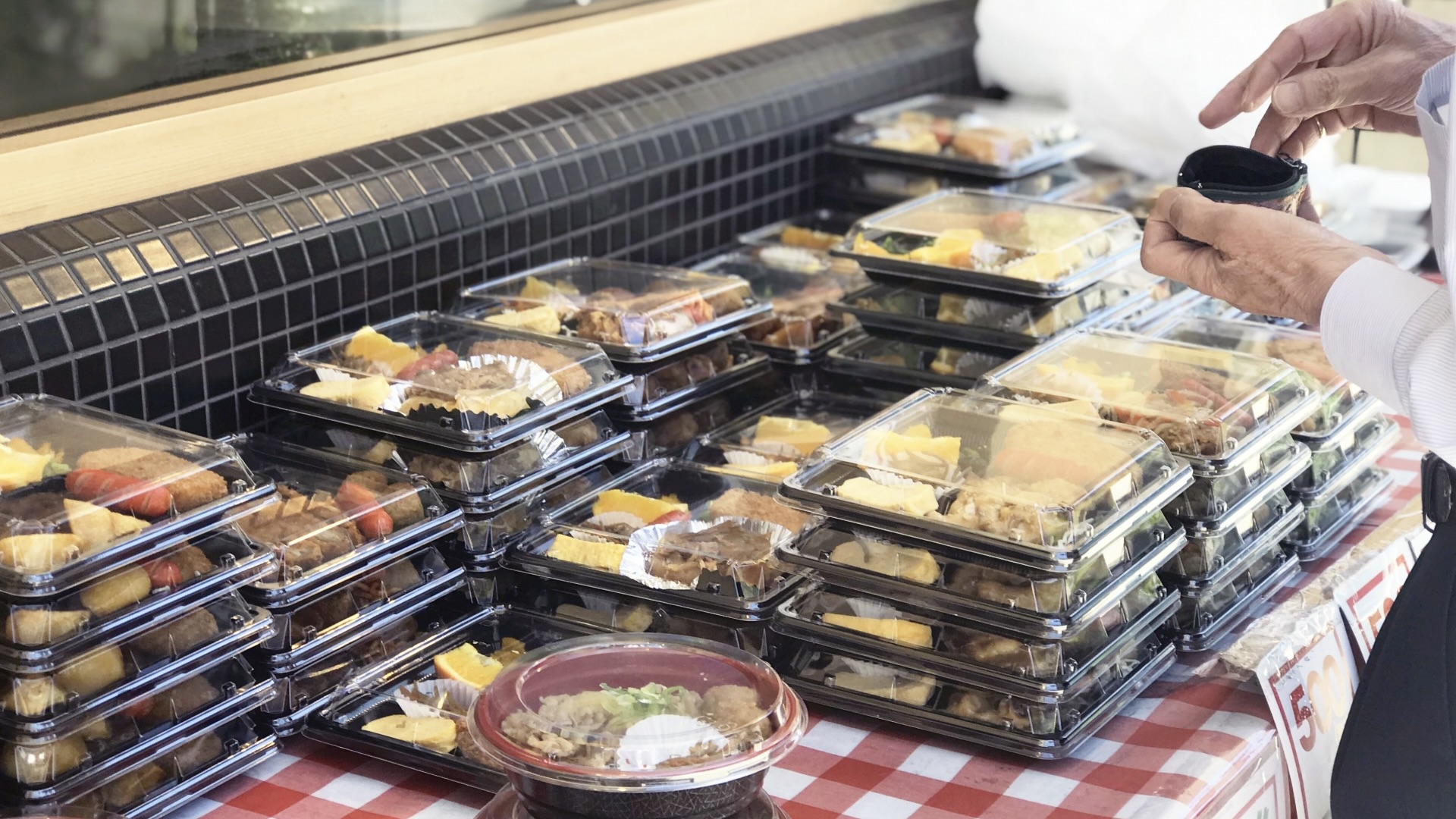

You Can Eat Healthier Meals
With a bento, you can control the nutritional balance of your meals, supporting a healthier lifestyle.
By including plenty of vegetables and adjusting salt levels, you can create a healthier menu compared to eating out. Even during a busy schedule, you can maintain a diet that prioritizes nutrition and well-being.


Drawbacks of Carrying a Bento (Japanese Bento Anecdotes)
The bento culture is deeply embedded in the daily lives of Japanese people, giving rise to heartwarming and often amusing “bento moments.”
Let’s take a peek at some unique and relatable scenes surrounding Japanese bento boxes!
Newlywed’s Loving Bento vs. Angry Wife’s Revenge Bento
During the early days of marriage, a “loving wife’s bento” is often filled with beautifully arranged food and overflowing affection.
However, after a marital quarrel, the bento can take an unexpected turn. For example, the once colorful and intricate meal may transform into something strikingly simple—like plain rice topped with just a single sour plum.

A newlywed’s bento.

A devil wife’s bento.
Or worse, it may feature a mischievous twist, such as overly spicy side dishes laced with fiery chili peppers.
These bento-related anecdotes are lighthearted, relatable tales that reflect the unique humor and dynamics of Japanese family life.
The Nightmare of Forgetting to Wash Your Bento Box
In the hustle and bustle of daily life, forgetting to wash your bento box happens more often than you might think. The real chaos begins the next morning when you discover yesterday’s lunchbox still sitting in your bag. At that point, the chances of bringing a fresh bento for the day are almost zero.
In many cases, it’s the moment when a mother or a spouse, preparing a new lunch, realizes the bento box is missing. What follows is a frantic search, retrieving the forgotten box from the bag and hurriedly washing it, often under a time crunch.
This relatable “bento panic” is a common yet amusing episode in Japanese households, adding a bit of morning drama to the routine.


However, in such cases, especially during the hot summer months, a subtle yet unpleasant odor may waft from the forgotten bento box.
If this mistake happens repeatedly, it can push the bento maker to their limit, sometimes leading to a refusal to prepare lunch altogether. This is a cautionary tale many bento lovers in Japan can relate to, where a small oversight can snowball into unexpected consequences!
Dealing with Bento Boxes During Sudden Business Trips
When unexpected business trips or sudden schedule changes occur—like heading out with colleagues for work—there’s often no chance to eat the bento carefully prepared that morning.
This missed opportunity can be frustrating, especially when the meal was planned with care. Instead of enjoying it during lunchtime, the bento might remain untouched, waiting in a bag as the day’s plans take an unexpected turn.


However, taking a prepared bento home uneaten can lead to domestic trouble.
To avoid conflict, some people feel compelled to eat it, even if they aren’t hungry.
You might occasionally see a coworker eating their bento late in the afternoon at their desk. If you do, it’s likely they are making a valiant effort to preserve peace at home by ensuring the lovingly prepared meal doesn’t go to waste.

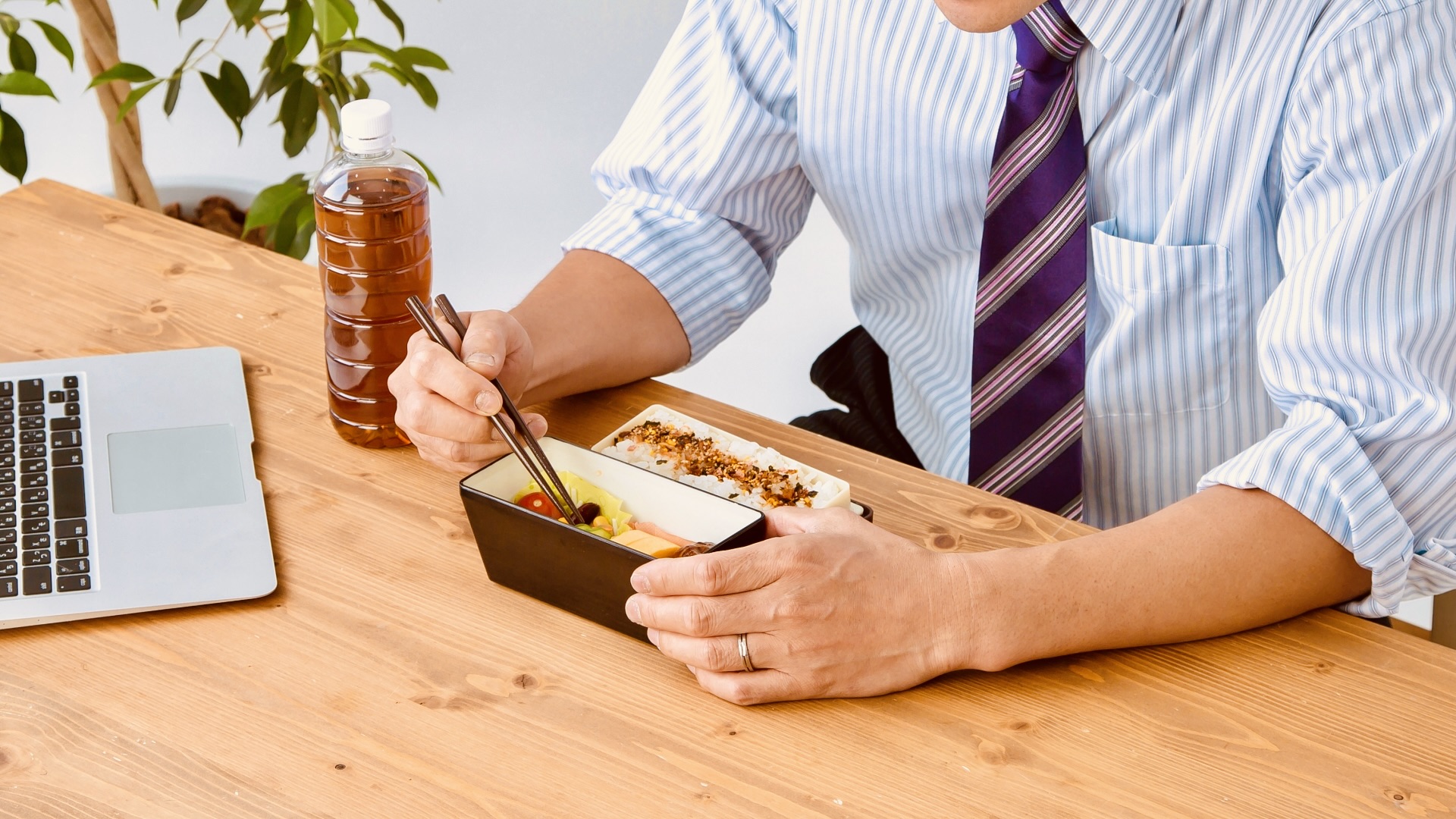
Japanese Bento Box:How to Get a Bento Box
In this section, we’ll explain how to get your hands on a Japanese bento box. Whether you’re purchasing it within Japan or from overseas, we’ll provide practical methods and tips for choosing the right one for your needs.
How to Purchase a Bento Box in Japan
In Japan, bento boxes are incredibly easy to purchase. You can find a wide variety of options in major shopping malls, department stores, and even 100-yen shops, which offer affordable yet functional products.
Kitchenware specialty stores, in particular, offer bento boxes with excellent functionality and stylish designs. Recently, eco-friendly products made with sustainable materials like bamboo or stainless steel have also gained popularity.
Online shopping is another convenient option. Platforms like Amazon Japan and Rakuten allow you to compare bento boxes from various domestic and international brands before making a purchase.
For those seeking something unique, specialized websites that focus on specific designs or purposes often carry one-of-a-kind bento boxes, perfect for those looking for originality and quality.
How to Purchase Bento Boxes from Overseas
Even if you live outside Japan, obtaining Japanese bento boxes is not difficult. Many Japanese products can be purchased through online shops that offer international shipping.
By using services like Amazon Global or Rakuten’s International Shipping, you can easily get authentic Japanese bento boxes delivered to your location.
Additionally, platforms like Etsy often feature unique, handmade items inspired by Japanese designs. These include bento boxes crafted with creativity and attention to detail, appealing to those seeking something special.
In larger cities, you may also find stores that carry Japanese products. Exploring Japan Towns or Asian markets can be a great option to find bento boxes locally. Shopping in-person allows you to check the size, material, and overall quality before purchasing.
With these various methods, accessing Japan’s beautiful and functional bento boxes is entirely possible, no matter where you live.
What to Consider When Choosing a Bento Box
When choosing a bento box, it’s important to consider a few key points. First, select a size that matches your intended use. For reference, I have included product links from Rakuten.
It’s also essential to check whether the bento box is microwave-safe or dishwasher-safe, as well as whether its shape fits well in the bag you carry.
In particular, two-tiered bento boxes are highly convenient because they can be folded compactly after eating, making them easy to carry home.
Material selection is another crucial factor when choosing a bento box. Plastic bento boxes are lightweight, easy to handle, and ideal for everyday use. On the other hand, if you’re looking for something more durable for long-term use, stainless steel or wooden bento boxes are highly recommended.
However, wooden bento boxes (like Magewappa) are admired for their aesthetic beauty but have lower sealing capabilities, so you need to be cautious when carrying them. Additionally, many of these are not dishwasher-safe, which means they require extra care and maintenance in daily use.
For outdoor use or if you want to enjoy a warm meal anytime, thermal insulated bento boxes are highly recommended.
However, this type tends to be bulkier and less suitable for fitting into a bag. Therefore, it is an ideal option for people who frequently travel by car.
Japanese Bento Box:Conclusion
Japanese bento boxes are far more than just lunch containers; they are a symbol of Japanese culture, aesthetic sensibilities, and everyday life.
With their diverse designs, functional features, and the values they reflect, bento boxes have garnered significant interest from people around the world.
If you ever have the chance to visit Japan, I encourage you to experience this cultural richness firsthand by holding and exploring these beautiful bento boxes.
Incorporating a Japanese bento box into your daily lunchtime routine may just make your days a little more enjoyable and meaningful!


![[商品価格に関しましては、リンクが作成された時点と現時点で情報が変更されている場合がございます。] [商品価格に関しましては、リンクが作成された時点と現時点で情報が変更されている場合がございます。]](https://hbb.afl.rakuten.co.jp/hgb/4306e226.9ed2ceab.4306e227.83674b25/?me_id=1216242&item_id=10004372&pc=https%3A%2F%2Fthumbnail.image.rakuten.co.jp%2F%400_mall%2Fyellowstudio%2Fcabinet%2Fitemimg2%2F35151_tn.jpg%3F_ex%3D300x300&s=300x300&t=picttext)

![[商品価格に関しましては、リンクが作成された時点と現時点で情報が変更されている場合がございます。] [商品価格に関しましては、リンクが作成された時点と現時点で情報が変更されている場合がございます。]](https://hbb.afl.rakuten.co.jp/hgb/43075f51.079506c8.43075f52.ad78101d/?me_id=1306270&item_id=10012407&pc=https%3A%2F%2Fthumbnail.image.rakuten.co.jp%2F%400_mall%2Fsoeru%2Fcabinet%2Fsw%2Fsw00407.jpg%3F_ex%3D300x300&s=300x300&t=picttext)
![[商品価格に関しましては、リンクが作成された時点と現時点で情報が変更されている場合がございます。] [商品価格に関しましては、リンクが作成された時点と現時点で情報が変更されている場合がございます。]](https://hbb.afl.rakuten.co.jp/hgb/430788e9.f5e11420.430788ea.d48796de/?me_id=1418789&item_id=10000064&pc=https%3A%2F%2Fthumbnail.image.rakuten.co.jp%2F%400_mall%2Futsuwa-shop2023%2Fcabinet%2Fbiiino%2Fitem%2Fmain-image%2F20241211085302_1.jpg%3F_ex%3D300x300&s=300x300&t=picttext)
![[商品価格に関しましては、リンクが作成された時点と現時点で情報が変更されている場合がございます。] [商品価格に関しましては、リンクが作成された時点と現時点で情報が変更されている場合がございます。]](https://hbb.afl.rakuten.co.jp/hgb/43078d8b.0f1261b5.43078d8c.64b8c99c/?me_id=1217311&item_id=10000769&pc=https%3A%2F%2Fthumbnail.image.rakuten.co.jp%2F%400_mall%2Fmiyoshi-ya%2Fcabinet%2Fitem11%2Fmw-06a_01.jpg%3F_ex%3D300x300&s=300x300&t=picttext)
![[商品価格に関しましては、リンクが作成された時点と現時点で情報が変更されている場合がございます。] [商品価格に関しましては、リンクが作成された時点と現時点で情報が変更されている場合がございます。]](https://hbb.afl.rakuten.co.jp/hgb/4307916d.d875e2b0.4307916e.f86fc32f/?me_id=1261122&item_id=10416115&pc=https%3A%2F%2Fthumbnail.image.rakuten.co.jp%2F%400_mall%2Frakuten24%2Fcabinet%2F949%2F4580244696949.jpg%3F_ex%3D300x300&s=300x300&t=picttext)
![[商品価格に関しましては、リンクが作成された時点と現時点で情報が変更されている場合がございます。] [商品価格に関しましては、リンクが作成された時点と現時点で情報が変更されている場合がございます。]](https://hbb.afl.rakuten.co.jp/hgb/43079474.4112ac30.43079475.e2b7725e/?me_id=1206803&item_id=10065448&pc=https%3A%2F%2Fthumbnail.image.rakuten.co.jp%2F%400_mall%2Fcasmin%2Fcabinet%2Fcross27%2F1_stlb_original_1.jpg%3F_ex%3D300x300&s=300x300&t=picttext)


コメント